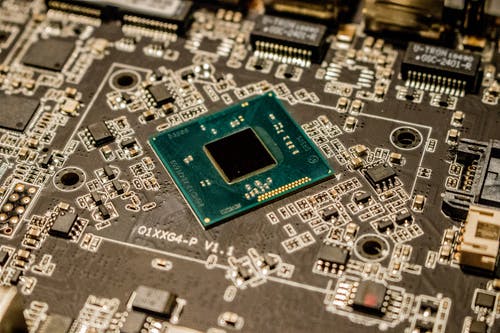Causes of IC Shortage
There’s a serious shortage of integrated circuits affecting every corner of the electronics’ world. Discrete circuits, optoelectronics and sensors are also experiencing shortages, putting pressure on supply chains from top to bottom.
What are the causes of IC shortages? This article will explore the main causes, so that you can understand what’s going on.
Reshaped demand
The Coronavirus pandemic reshaped demand for semiconductors, shifting automotive demand to device demand (car plants shut down, while demand for electronic devices soared with stay at home and remote working).
Now that automotive production is ramping back up, there aren’t enough ICs to go around, causing a shortage across all industry sectors.
The pandemic also caused short-term, unplanned plant shutdowns and labor shortages, reducing the number of ICs manufactured.
Logistics
The logistics industry is still recovering from COVID-induced shutdowns and travel restrictions. While air and sea freight is running at good capacity, road transport is proving difficult across borders, creating supply constraints.
In 2020, air cargo capacity saw a 20% decline. In 2021, it’s back to normal, but you still have the problem of moving components on the ground.
In the USA, there is also a serious driver shortage underway that is affecting everything from electronic components to supermarket shelves.
Lead times
The amount of time that passes between ordering semiconductors and taking delivery has increased to record levels. In July 2021, it surpassed 20 weeks, the highest wait time since the start of the year and eight days longer than June.
Longer lead times can be caused by a variety of factors, but in this case it’s caused by factories running at capacity with no room for acceleration. Labor shortages and problems getting hold of materials are exasperating the problem.
Raw materials
A shortage of raw materials is causing big problems for semiconductor manufacturers, who can’t get the materials they need to meet demand. Shortages of raw materials and high raw material prices are combining to squeeze production.
The soaring price of raw materials is also increasing the prices of ICs, with some components seeing a yearly price increase up to 40%. These costs will eventually be passed on to the consumer who will have to stomach higher prices.
Stockpiling
Whether we’re talking about the communications, automotive or consumer electronics sector, IC stockpiling has exploded. The world’s biggest manufacturers have stockpiled huge quantities of components for themselves.
This hoarding of components by nervous manufacturers eager to secure inventory takes a significant volume of components off the open market, squeezes the supply chain, and gives the biggest players an upper hand over everyone else.
Trade sanctions
For all their bad press, China makes a lot of chips – around a billion a day. Their biggest chipmaker, SMIC, was hit by US sanctions in late 2020, eliminating SMIC chips from the US market. You’d think this would mean more chips for the rest of the world, but China recoiled and went defensive, keeping most of the chips for themselves.
US sanctions twisted the global supply chain out of shape, creating volatility in an industry that was already in turmoil from the pandemic.

